Meaningfulness Values, Purpose & Meaning
1/27
Earn XP
Description and Tags
Name | Mastery | Learn | Test | Matching | Spaced |
|---|
No study sessions yet.
28 Terms

What Makes Life Meaningful – Michael Steger (TEDxCSU)
Meaning = a psychological necessity, not a luxury — essential for motivation, resilience, and well-being.
🧩 4 Key Sources of Meaning:
Belonging – Feeling connected to others; relationships as anchors of meaning.
Purpose – Having long-term goals that motivate action.
Storytelling – Constructing a coherent narrative about life events = how we “make sense.”
Transcendence – Experiences beyond the self (awe, nature, spirituality, service).
📊 Research-Backed Benefits:
Greater life satisfaction
More resilience in the face of stress
Improved physical and mental health
Increased engagement and motivation
🛠 How to Cultivate Meaning:
Reflect on what matters most
Align actions with values
Connect with others
Reframe struggles into learning experiences
Seek experiences that give perspective
The Four “S’’s of Meaning Pasricha (2016)
1. Structure → Daily routines & order = stability & focus.
2. Stimulation →Engaging with new ideas, challenges, and experiences.
3. Social→ Deep human connections (friends, family, community).
4. Story→ The narrative you tell about your life and identity.
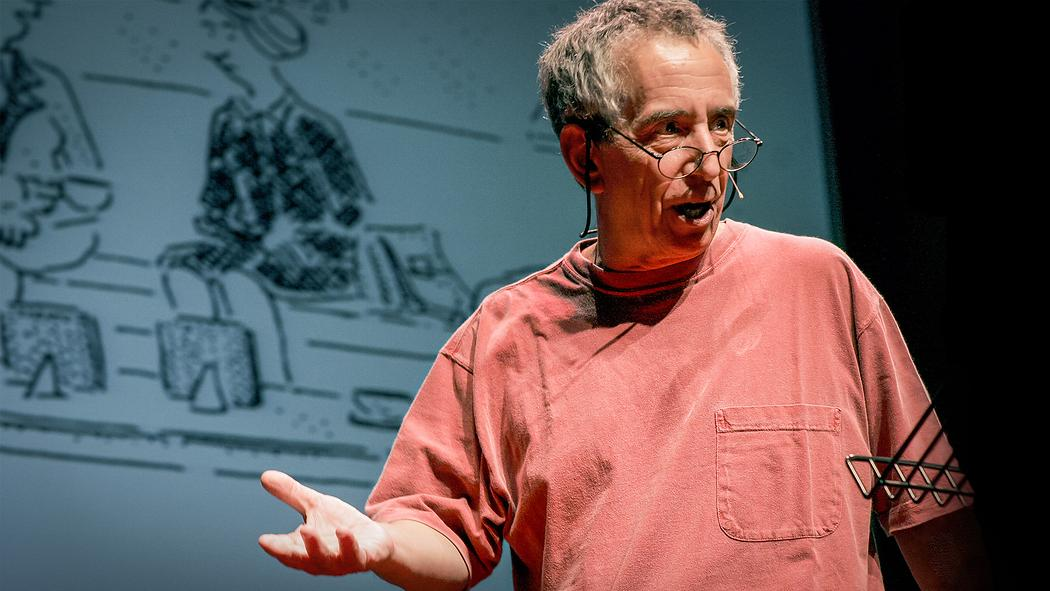
The Paradox of Choice – Barry Schwartz
Too many choices = decision paralysis & less satisfaction
More options → higher expectations + regret
Happiness increases when we limit choices
Takeaway: Less is more when it comes to decisions

Why Choice Makes People Miserable
1. Regret and anticipated regret
2. Opportunity costs
3. Escalation of expectations
4. Self Blame
Barry Schwartz (2017) Quote
The fact that some choice is good doesn't necessarily mean that more choice is better.”
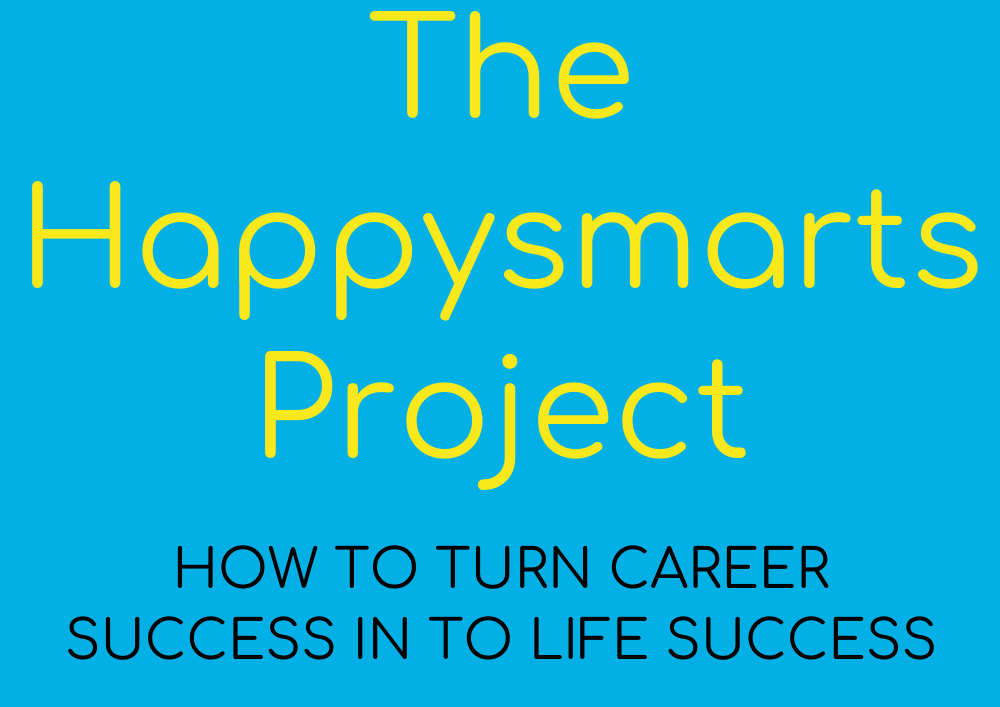
Satisfiers: Schwartz “ The Happy-smarts Project”
● Iʼm happy with good enough.
● I will find the silver lining in any job, and make the most of what I have.
● When shopping, I find something I like and trust I will continue to like it later.
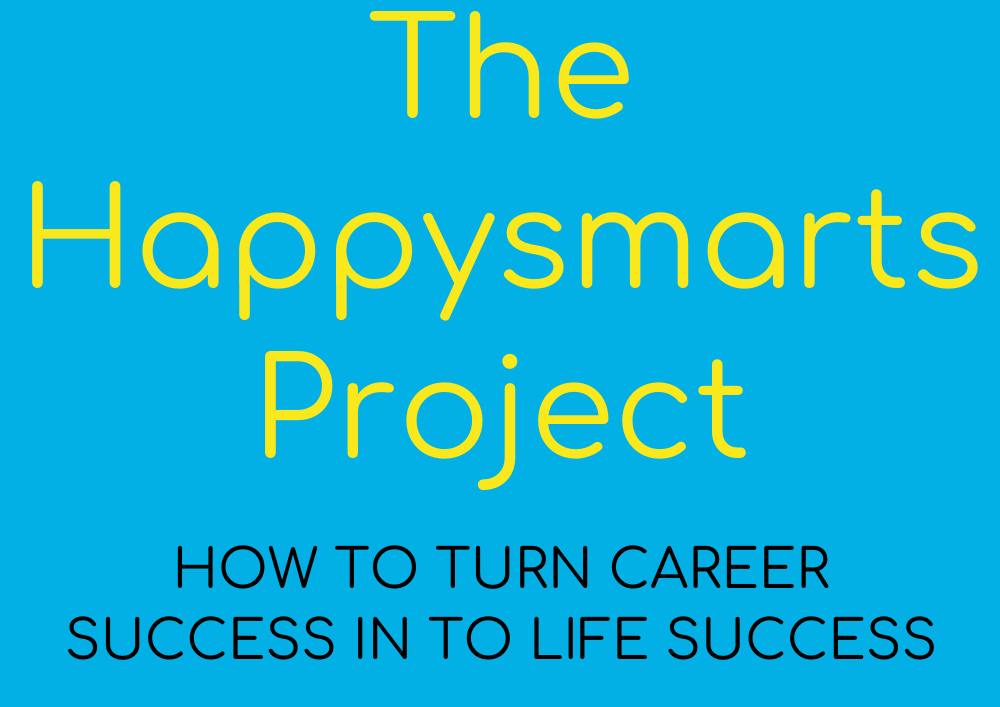
Maximizers: Schwartz “ The Happy-smarts Project”
● I never settle for second best.
● No matter how satisfied I am with my job, it’s only right for me to be on the lookout for better opportunities.
● When shopping, I have a hard time finding something that I really love.

Tal Ben Shahar: Quote
“Difficult decisions are not just between right and wrong. They are often between right and right.”

The Science of Happiness - Tal Ben-Shahar (FitMind Podcast)
SPIRE Model: Focuses on Spiritual, Physical, Intellectual, Relational, and Emotional well-being for happiness.
Indirect Pursuit: Happiness is achieved through meaningful activities, not as a direct goal.
Cultural/Social Impact: Technology and cultural factors shape happiness, with face-to-face interactions boosting empathy.
Resilience: Overcoming challenges can make us "antifragile," growing stronger and happier.
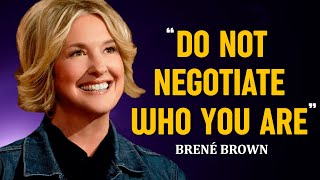
Brené Brown Leaves the Audience SPEECHLESS - Motivational Speech
Setting boundaries, trust, reliability on yourself

How do we persevere when we are doing something we love?
Apply what you are already doing, your strengths, your resilient strategies, and your attitudes to a new context.

Personal Model of Resilience
4 Steps
1. Pick an everyday, enjoyable activity that you do often.
2. Identify the obstacles you face and what you do to persist in the face of these obstacles.
3. Make note of the strategies and attitudes that keep you going.
4. Extract these strategies/attitudes and apply them to a new,
challenging context
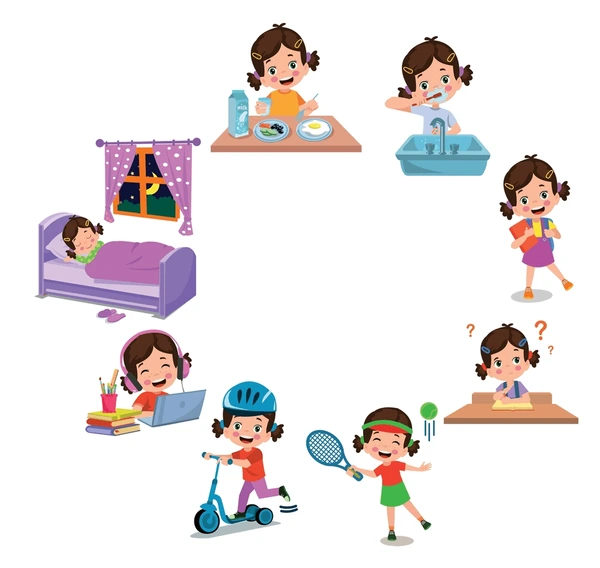
Step 1:
Pick an everyday, enjoyable activity that...
●You find fulfilling
●You have lots of experience with it
●You have solved problems & overcome obstacles
●You have insight into how to work with the obstacles that arise
●You keep going even when you are tired or frustrated

Step 2
Identify the obstacles you face & what you do to persist in the face of these obstacles.
Answer the question: “What keeps me going is...”
(Consider your behaviours and thoughts)

Step 3
Make notes of what keeps you going

Step 4
Apply your resilient strategies to the new challenge
● Behaviours
● Thoughts

Grit
Two aspects of Grit that are often characteristics of people who achieve their long-term goals:
1. It is the ability to be resilient in the face of setbacks and obstacles. You somehow “rise to the occasion.”
2. It is sticking to your goals daily and diligently working towards them; these minor improvements eventually add up
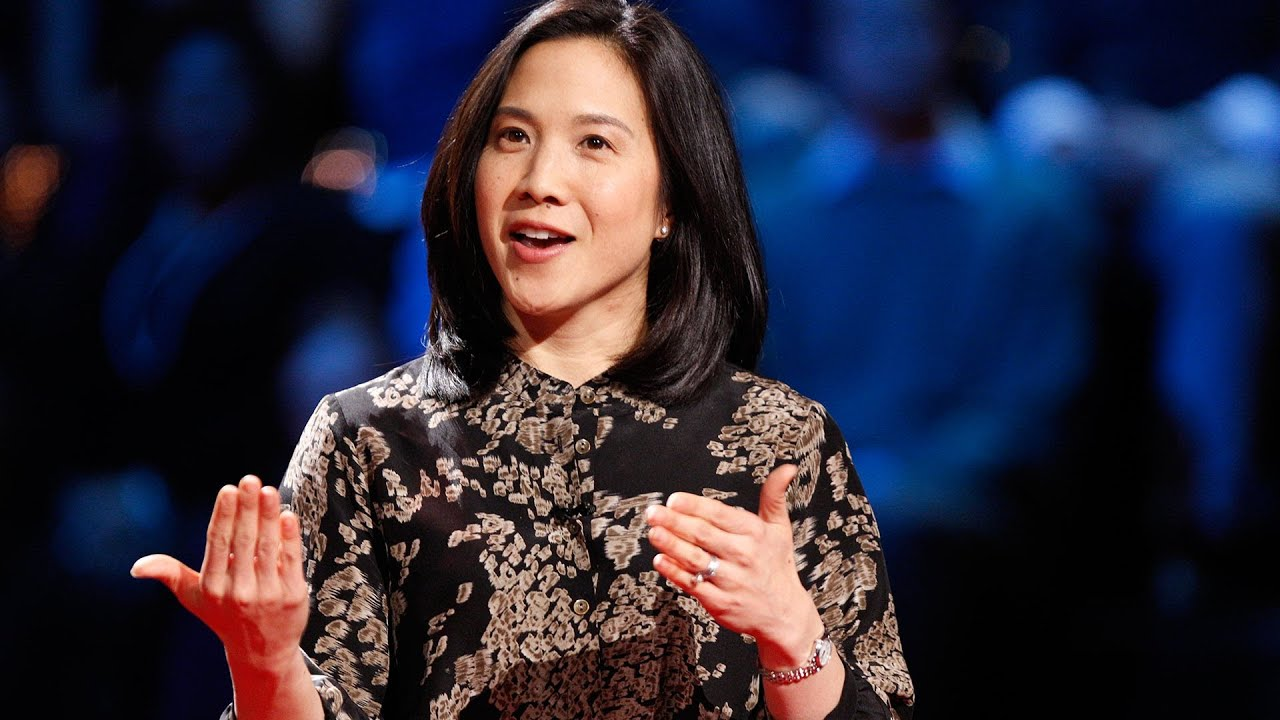
Angela Lee Duckworth's TEDxBlue Talk on Grit
Grit Definition: Combination of passion and perseverance toward long-term goals.
Research Findings: Grit is a stronger predictor of success than IQ or talent.
Key Factors for Success:
Passion: Long-term commitment to goals.
Perseverance: Resilience to overcome challenges and setbacks.
Developing Grit: Grit can be cultivated through deliberate practice and maintaining a growth mindset.

Talent vs Grit: Duckworth
Equations:
Talent × Effort = Skill
Skill × Effort = Achievement
Duckworth's Insights:
Talent: How quickly your skills improve with effort.
Achievement: What happens when you use acquired skills.
Research Findings: Grit (passion + perseverance) may be just as essential as talent for high accomplishment in any field
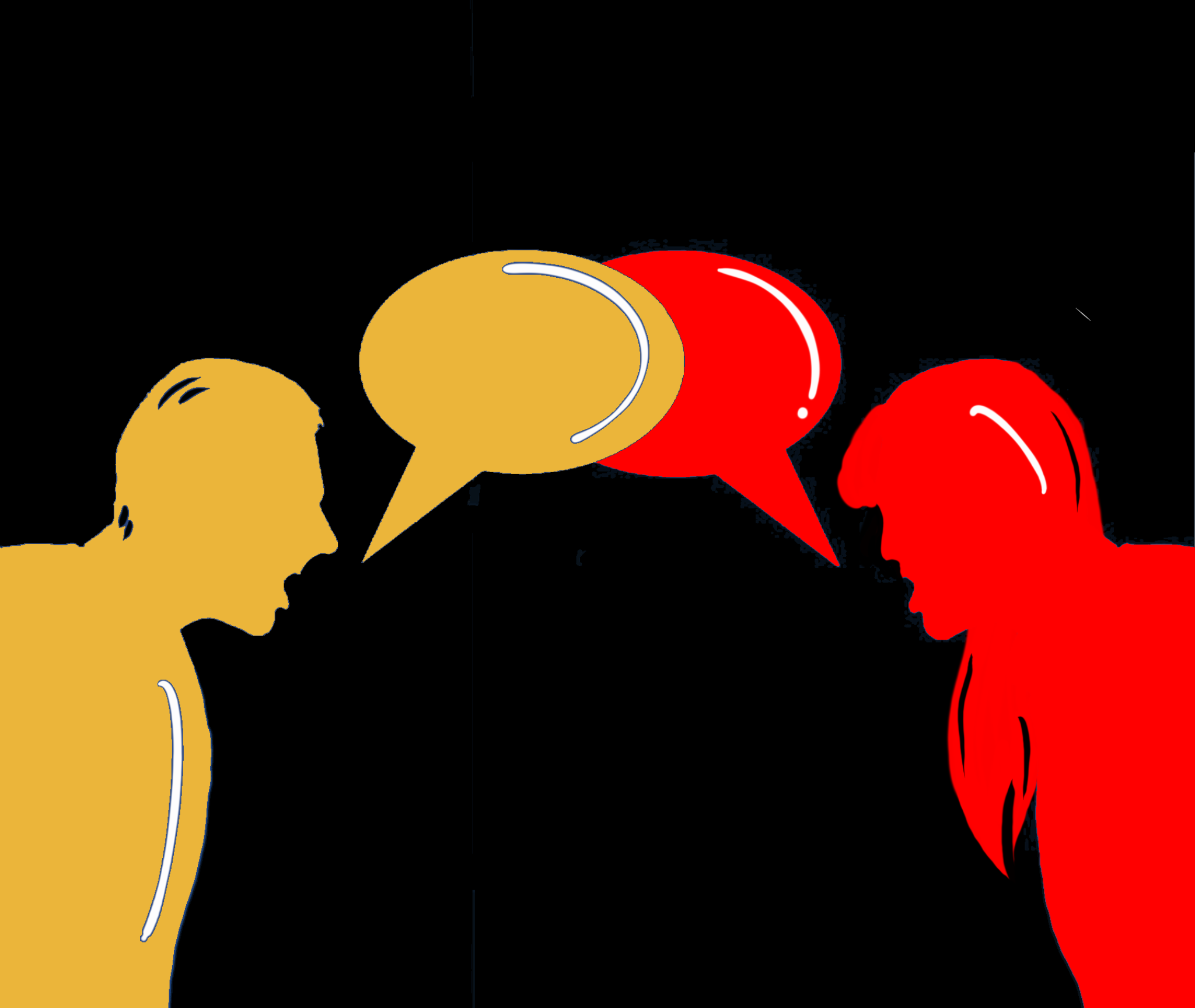
Controversy on Grit (Angela Lee Duckworth)
Critics' Argument:
Focuses too much on individual actions, ignoring environmental factors (social, economic, racial injustice).
Critics claim it leads to "blaming the victim" by overlooking systemic obstacles.
Duckworth’s Response (2021 TED Interview):
Acknowledges the importance of context and environment, emphasizing that both the individual and their situation matter.
Proposes a metaphor of a "dance"—individuals and environments affect each other.
Setting goals
Increase/Decrease: What do you want to improve or reduce? (e.g., weight, productivity, income, social connections)
By: Set a clear date for when you want to achieve this goal.
By Doing: List the specific actions you'll take to reach the goal
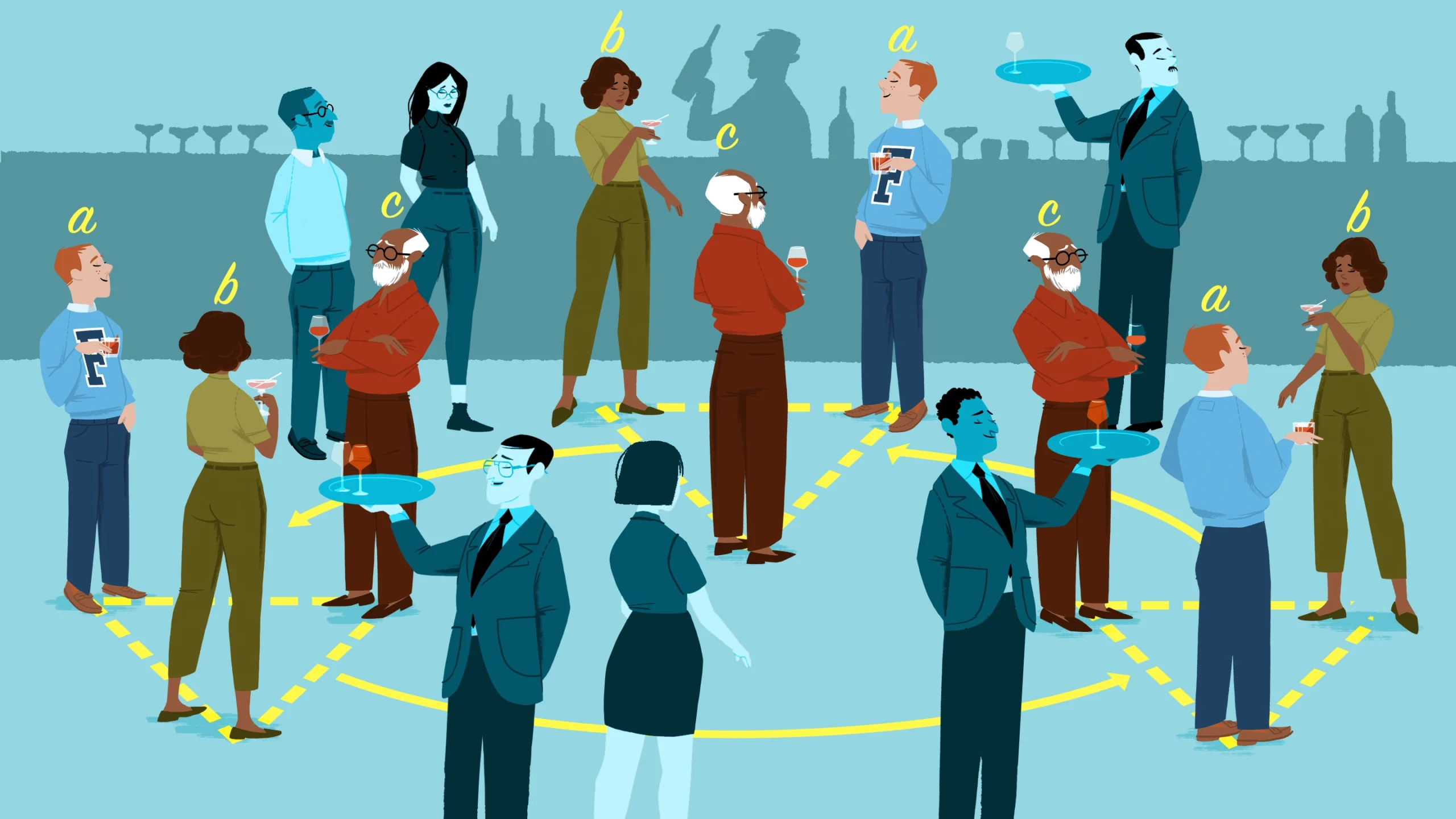
Types of Goal Setting: Weggie & Haslam (2005)
Participants: 120, brainstorming task.
Goal Types:
Control: ʼDo Your Bestʼ
Directive: Set goals for participants
Participative: Participants set their own group goals
Participative + Individual: Set both group and personal goals
Results: Groups 2, 3, and 4 generated twice as many ideas as the control group.
Conclusion: Goal setting enhances performance in brainstorming.
Why are goals set but not met?
Poorly defined/stated goal
● Poor preparation/planning
● Lack of vision and mapping
● Lack of accountability
● Lack of intrinsic motivation or inherent desire to meet the goal
● Lack of willpower
● Lack of primers (visual cues) or rituals to reinforce the goal
● Failure to plan to fail
How best to meet goals?
Clearly define goal
● Sufficient preparation/planning
● Map the plan
● Ensure accountability
● Intrinsic motivation
● Use of primers (visual cues) or rituals to reinforce the goal
● Plan on failure

Academic Tenacity
persistence, resilience, and unwavering commitment to achieving long-term learning goals, even when faced with challenges or setbacks. It's about not giving up, adapting strategies when needed, and persevering towards academic success

Gail Matthews (2015) Research on Effective Goal Achievement
Participants: 267 individuals (ages 23–72) from various professions.
Findings (After 4 weeks):
Writing down goals
Creating an action plan
Rating goals
Sharing goals with a friend
Establishing accountability through progress reports
Conclusion: These strategies significantly increase the likelihood of achieving goals

Cycle of Change Model
You accept that relapse is common, and the point is that you can jump back into the cycle without starting from the beginning